Vous pouvez passer des heures à créer le paysage idéal pour votre bassin : eau scintillante, nénuphars verdoyants, fontaine solaire Poposoap agitant doucement la surface, mais vos poissons rouges ne prospéreront que si leurs repas sont parfaits. Posez la question « Que mangent les poissons rouges ? » à dix aquariophiles et vous obtiendrez dix réponses variées, allant de simples flocons à des aliments vivants insolites. La réalité se trouve au milieu. Ce tutoriel détaille tout, de l'alimentation naturelle des poissons rouges à un contrôle intelligent des portions, afin que vous puissiez les nourrir en toute confiance, maintenir la clarté de l'eau et avoir des poissons sains et actifs toute l'année.
1. Bien nourrir vos poissons rouges commence par comprendre ce qu'ils mangent
Les poissons rouges sont omnivores. Dans la nature, ils broutent presque continuellement, grignotant les plantes, attrapant les larves d'insectes et filtrant les détritus à la recherche de morceaux savoureux. Quand on se demande « Que mangent les poissons rouges dans la nature ? », la réponse est : la variété. Reproduire cette diversité à la maison est la clé d'un système immunitaire robuste, d'une coloration vive et d'un comportement dynamique.
2. Régime alimentaire naturel des poissons rouges dans la nature

Les poissons rouges sauvages (initialement issus de la carpe asiatique) vivent dans des eaux calmes et envahies d'algues. Ils se nourrissent de :
- Végétation tendre et algues – lentilles d'eau, algues filamenteuses, potamots tendres
- Micro-crustacés et zooplancton – Daphnies, copépodes, ostracodes
- Larves d'insectes et vers – larves de moustiques, vers de vase, petits annélides
- Des graines et des détritus occasionnels – tout ce qui est organique qu’ils peuvent tamiser et avaler
Cette combinaison fournit des protéines équilibrées, des glucides complexes, des fibres végétales et des oligo-éléments, tous essentiels à la croissance et à la résistance aux maladies.
3. Que mangent les poissons rouges en captivité ?

Alors, que mangent les poissons rouges quand c'est vous qui cuisinez ? Optez pour la même variété :
| Type d'aliment | Pourquoi c'est bien | Comment l'offrir |
|---|---|---|
| Granulés/flocons de qualité | Vitamines équilibrées et vitamine C stabilisée | Choisissez des granulés coulants pour les étangs ; nourrissez-les avec parcimonie pour éviter le gaspillage |
| Légumes blanchis | Fibres et antioxydants (petits pois, épinards, courgettes) | Déchiqueter ou couper en dés ; jeter les portions non consommées |
| Aliments congelés ou vivants | Riche en protéines pour la croissance (artémias, daphnies, vers de vase) | Traiter 1 à 2 fois par semaine |
| Gel alimentaire | Combinaison individuelle de protéines végétales et animales | Préparez des cubes mous et congelez-les en portions |
| Friandises aux fruits | Vitamine C supplémentaire (melon, orange) | Petits cubes ; fournir mensuellement et jeter les restes |
Variez les offres tout au long de la semaine. La variété prévient les carences nutritionnelles et l'ennui, et stimule leur instinct naturel de recherche de nourriture, exactement ce que les poissons rouges consomment dans des bassins naturels et sains.
4. Ce qu'il ne faut PAS donner à manger aux poissons rouges

- Pain ou pâtes – ils grossissent dans l’estomac et n’apportent pratiquement aucun nutriment.
- Viande et fromage riches en matières grasses – les poissons rouges ne peuvent pas décomposer les graisses animales saturées.
- Pommes de terre ou haricots crus – amidons et lectines difficiles à digérer.
- Les collations sucrées ou salées perturbent l’osmorégulation et polluent l’eau.
En cas de doute, évitez le rayon alimentation humaine et optez pour des aliments sans danger pour les poissons.
5. Quelle quantité et à quelle fréquence nourrir ?
Une bonne règle : ne proposez que ce que le poisson a vidé en 2 à 3 minutes.
- Eau à 21 °C et plus : deux petits repas par jour.
- Eau 55–70 °F (13–21 °C) : une fois par jour.
- Eau < 13 °C (55 °F) : les enzymes digestives ralentissent. Nourrissez tous les 2 à 3 jours avec des granulés à base de germe de blé ou arrêtez complètement si les poissons deviennent dormants.
La discipline des portions permet de réduire le gaspillage et de garder l’eau claire.
6. Comment déterminer si vous suralimentez
- Nourriture non consommée restée au fond après cinq minutes.
- Eau trouble ou film huileux dans les 24 heures suivant l'alimentation.
- Poisson dodu luttant contre la flottabilité (stress de la vessie natatoire).
- Prolifération d’algues : l’excès de nutriments nourrit l’eau verte.
Si vous remarquez l’un de ces symptômes, réduisez les portions de 25 à 50 % et augmentez l’entretien du réservoir ou de l’étang jusqu’à ce que les paramètres se stabilisent.
7. Conseils pour nourrir les poissons rouges dans un bassin extérieur

(Associé à une fontaine solaire / filtre de bassin Poposoap )
Les bassins extérieurs introduisent des fluctuations météorologiques, des prédateurs et du pollen dans leur alimentation. Voici quelques bonnes pratiques à suivre :
- Nourrissez-vous en milieu de matinée – l’eau se réchauffe, le métabolisme des poissons augmente et les restes de nourriture ont les heures de lumière du jour pour être filtrés avant les baisses d’oxygène nocturnes.
- Granulés pré-trempés – Les granulés ramollis coulent plus lentement, ce qui donne à tous les poissons, y compris les plus timides, le temps de manger.
- Utilisez judicieusement les distributeurs automatiques de congés – Uniquement pour les absences de plus d’une semaine et testez-les au préalable.
- Maintenez une bonne circulation – Une fontaine solaire Poposoap maintient l’eau de surface en mouvement doux, tandis que le boîtier de filtre qui l’accompagne récupère l’excès de nourriture et les déchets de poissons, maintenant ainsi la clarté et l’oxygénation de l’eau sans alimentation électrique.
- Testez l’eau chaque semaine pendant l’été – les températures élevées accélèrent la dégradation ; détectez les pics d’ammoniac à un stade précoce.
Les filtres et pompes de bassin Poposoap étant modulaires et fonctionnant à l'énergie solaire, ils s'intègrent facilement aux bassins existants, même dans les endroits éloignés de toute prise électrique. Cette simplicité d'utilisation favorise un entretien fréquent, un secret souvent négligé pour une alimentation saine et une eau cristalline.
8. Questions fréquemment posées
Q : Mon poisson rouge recrache de la nourriture puis la mange à nouveau, est-ce normal ?
R : Oui. Ils ramollissent d'abord les granulés durs en utilisant de l'eau ; cela fait partie de la digestion mécanique.
Q : Puis-je cultiver des aliments naturels dans l’étang ?
R : Oui. La lentille d'eau, la laitue d'eau et la cornifle offrent des pâturages. Il suffit de tailler régulièrement pour éviter un ombrage excessif.
Q : Comment changer de marque sans perturber la digestion ?
A : Mélangez 25 % de neuf avec 75 % d'ancien pendant trois jours, 50/50 pendant trois jours supplémentaires, puis 75 % de neuf avant de procéder au changement complet.
Q : Faut-il nourrir les poissons rouges pendant l’hiver ?
R : En dessous de 10 °C, leur métabolisme s'arrête presque complètement. Donnez-leur un petit granulé de germe de blé une fois par semaine ; s'ils n'y prêtent pas attention, arrêtez jusqu'au printemps.
9. Nourrissez intelligemment, gardez les poissons rouges en bonne santé

Une alimentation équilibrée est la base d'une vie longue et colorée pour les poissons rouges. En comprenant ce que mangent les poissons rouges dans la nature, en leur offrant une alimentation diversifiée en captivité, en contrôlant les portions et en garantissant une eau impeccable grâce à des équipements de qualité tels que la fontaine solaire et le filtre de bassin Poposoap, vous créez un environnement propice à leur épanouissement.
La prochaine fois que quelqu'un vous demandera « Que peuvent manger les poissons rouges ? », vous le saurez et vous aurez un bassin rempli de poissons actifs et aux couleurs vives pour le prouver. Nourrissez intelligemment, testez régulièrement et laissez vos poissons rouges s'épanouir pendant des années.


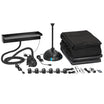
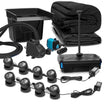
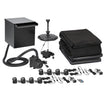
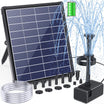
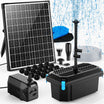
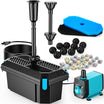
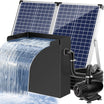
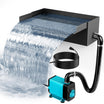

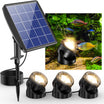
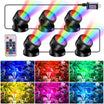

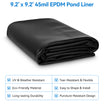
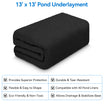

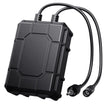
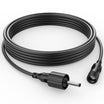
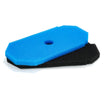

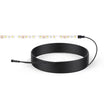
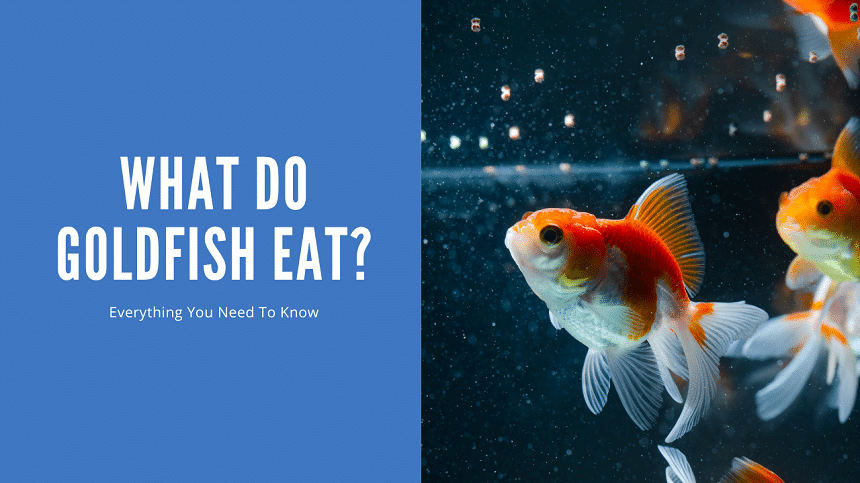
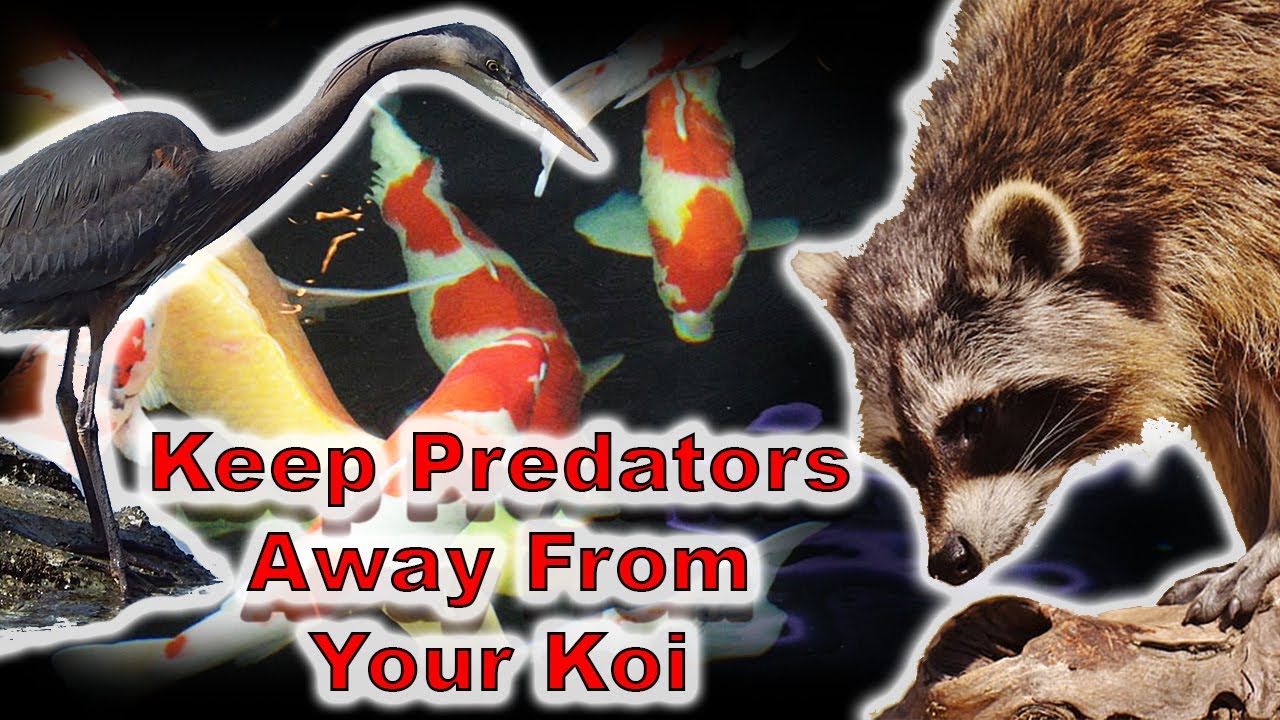
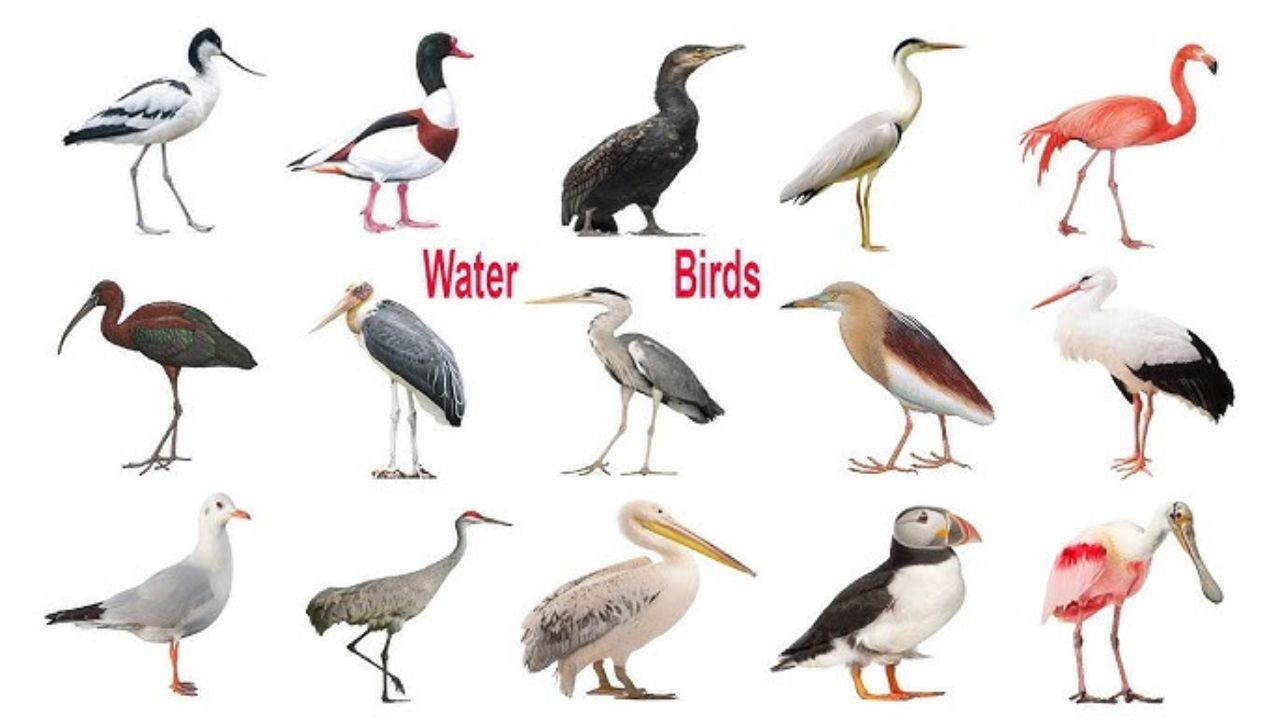
Laisser un commentaire
Tous les commentaires sont modérés avant d'être publiés.
Ce site est protégé par hCaptcha, et la Politique de confidentialité et les Conditions de service de hCaptcha s’appliquent.